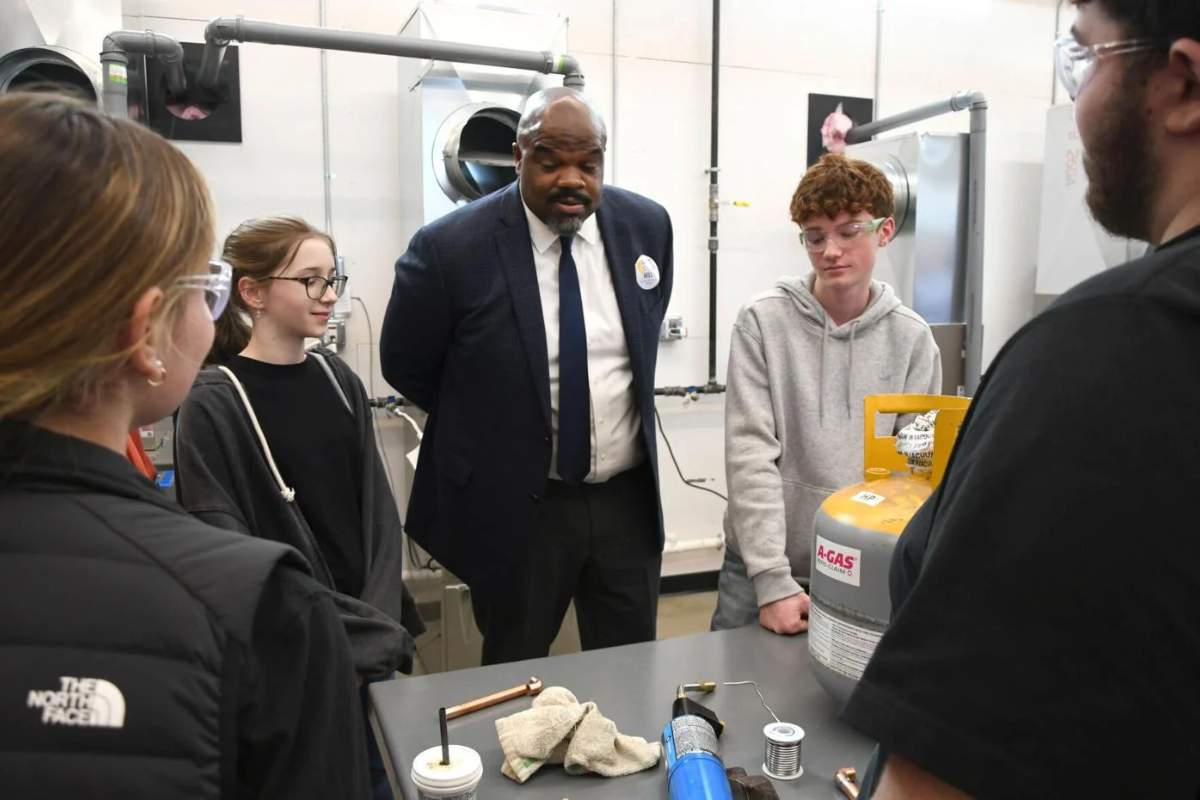Next Monday, Houston ISD special education teachers who work with autistic students will return to their classes without the assistance of other teachers to help them during normal check-ins or reported emergencies.
Following the elimination of 10 “itinerant teacher” jobs by the district, an autism services team that largely autism support teachers in Structured Learning Classrooms designated for autistic students was effectively disbanded.
Many of the team members have more than ten years of special education expertise. If a student had trouble, they also helped the teachers in general education and life skills classes. According to an HISD teacher who wished to remain anonymous, autism support teachers visited their designated schools every four to six weeks and anytime an incident was reported.
The instructor remarked, “My best mentors when I initially started were the autism support teachers. “I remained this long because of them. It was one of HISD’s most important support networks, so for it to suddenly disappear is absurd.
The teacher reported that late last week, a virtual meeting was attended by the autistic services team. They were informed that the district was dissolving their positions, not terminating them, during this time.
These educators may interview for positions under the new unit model, which divides district operations into four divisions, according to a statement the district issued on Monday. Autism support teachers can continue to support and coach SLC classrooms in each division’s special education unit, but at a “more defined group of campuses.”
According to the district, this is done in an effort to be nearer to the designated campuses and allows personnel to give a select group of schools more specialised attention. The itinerant instructors can also choose to be placed in a special education role at a campus that has openings for such position.
The teacher claimed, however, that the team members were first informed they would be transferred to campuses to work as full-time special education instructors. This met with a lot of resistance from teachers who wanted to stay in the autism education field but wanted the chance to assist multiple classrooms, not just one.
Autism support teachers did more than merely keep an eye on the classrooms; they worked to support the teaching of both types of classes for students with autism: “standard” classes for those who could understand the general education curriculum and “alternative” classes for those who preferred the “unique learning system” curriculum.
New HISD Superintendent Mike Miles spoke to KHOU 11 about employees re-applying, feeder schools
Each year, they also offered special education teachers professional development training that was tailored to autism. According to the teacher, this would typically take one to three days and would involve these instructors working with the autistic services team to build up the framework of their classes, acquire materials to use in the classroom, and develop techniques to handle behaviour and sensory demands.
The autistic team no longer oversees this training, despite the district’s claim that SLC teachers were given opportunity to partake in SLC-specific professional development, with coaching and training ongoing all year.
Since campus managers are attempting to address itinerant teachers’ requirements in a similar way, Amanda, a former HISD autism teacher who worked closely with them while employed by the district, claimed that first-year educators will struggle.
“My first year, my experience in my district with the administrator was that she wouldn’t go more than two steps in my classroom when my students were there,” she recalled. This did not help because she couldn’t take their behaviour and was at a loss for what to do.
After one of her students broke her nose, Amanda said she returned to teach in her second year due of the group of instructors who were always available to help and offer advice.
She asserted that school administrators who are taking over these functions, such as SPED (Special Education) directors and coordinators, would “absolutely not” be able to offer support services accordingly.
As Superintendent Mike Miles indicated he intended to concentrate on hiring and recruiting full-time district staff, the district terminated 21 contract special education instructors and diagnosticians prior to making the most recent layoffs.
The district is still aggressively hiring for open special education positions even though there are currently 1,800 school and central office staff members whose work is related to special education.
After schools begin at the start of the following week, in September, Miles intends to unveil a detailed plan for the district’s special education services.
However, because of what they perceive to be a lack of support from Miles’ new administration, educators and parents are both concerned about how special education teachers will fare and how their children will be impacted.
The teacher remarked, “I don’t know what his strategy is, but I’m not hopeful. “He’s cutting people who come into the classroom and provide support, not people who sit in an office all day.”
Also Read: Teen With Autism May Need To Stop Attending School Due To Special Educational Needs










